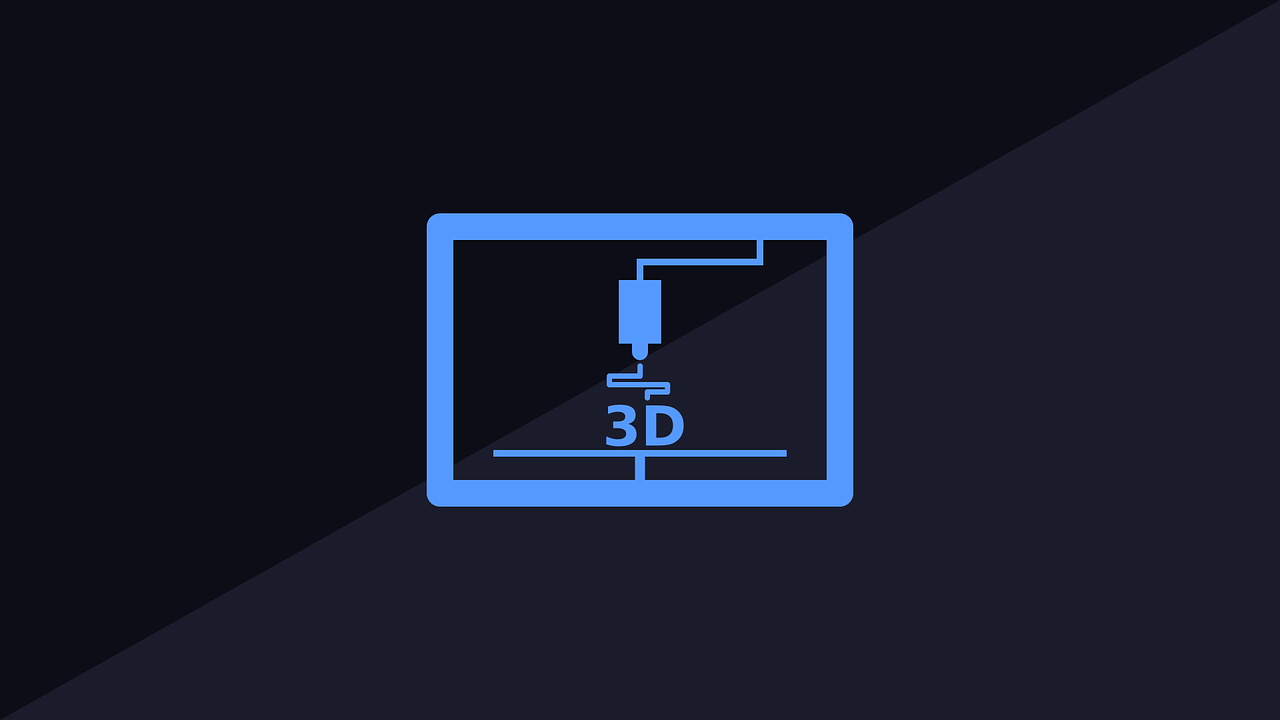
28 Jun How 3D Printing Has Affected the Manufacturing Industry
The 3D printing boom has resulted in a $6.063 billion industry that is split amongst a wide variety of industries—one of those is of course, manufacturing.
3D Printing Manufacturing Uses
3D printers are highly useful tools to prototype designs and see them in real time very quickly. Imagine that you are a manufacturing company selling a product and perhaps you’re new to the game and want to expand out into some test markets first. 3D Printing can help you design and develop a prototype to put out into a test phase to gauge market interest. It can do this with less cost than when done through traditional manufacturing means.
This is a boon for b2b manufacturing businesses that handle large scale production because customers who have tested their own prototypes can be more confident about purchasing bulk orders and moving forward with larger batch production. For many businesses, it’s having the confidence in their product to go through with full assembly/automation which ends up being a sticking point. 3D printing helps mitigate buyer’s remorse by allowing for a quicker and less costly iterative process.
3D Printing is an Additive Process
In traditional manufacturing, it is said that a subtractive process is used. Raw materials are cut up and repurposed into a specific form through processing. The leftover material is much like a piece of construction paper that had shapes cut out of it. It is still useful material, but it must be broken down and reintegrated back into a useful form. Naturally, in processes like these there can be a substantial energy and time cost to recycling materials to be useful again.
With 3D Printing, this isn’t the case. It is a highly precise process in which whatever is designed is done so with a specific amount of materials in mind. There is far little—if any at all, waste. Processing time tends to be shorter as well. The downside to 3D Printing is that the printers themselves can be expensive. Large 3D printers have a high initial start-up cost, but the ROI is dramatically better for many industries depending on the scale of the operation.
A Greener Manufacturing Method
Because of the outlined additive manufacturing method, 3D printing is a greener practice with a smaller energy footprint. Many industries that require precisely tuned, small parts are benefitting from 3D printing and the environment benefits as well, as the reduced energy costs are trickling down into lower carbon emissions.
Full-Service Automation and Manufacturing in South FL
Automation Tech Support is a leader in robotic automation and manufacturing assembly services. We aid businesses with both small and large-scale productions. 3D Printing has allowed many businesses to experiment with prototypes and rapidly iterate through the creative process of making a product worth bringing to market. However, if that’s all it took to manufacture a product then there’d be no need for manufacturing experts.
At Automation Tech Support, we can build automation to run your manufacturing line and our experts will monitor and control the quality of the product to whatever your standards are. We can package and ship straight to the end user or facility.
Get in touch with us through our contact page so you can start production on your vision right now!


Sorry, the comment form is closed at this time.